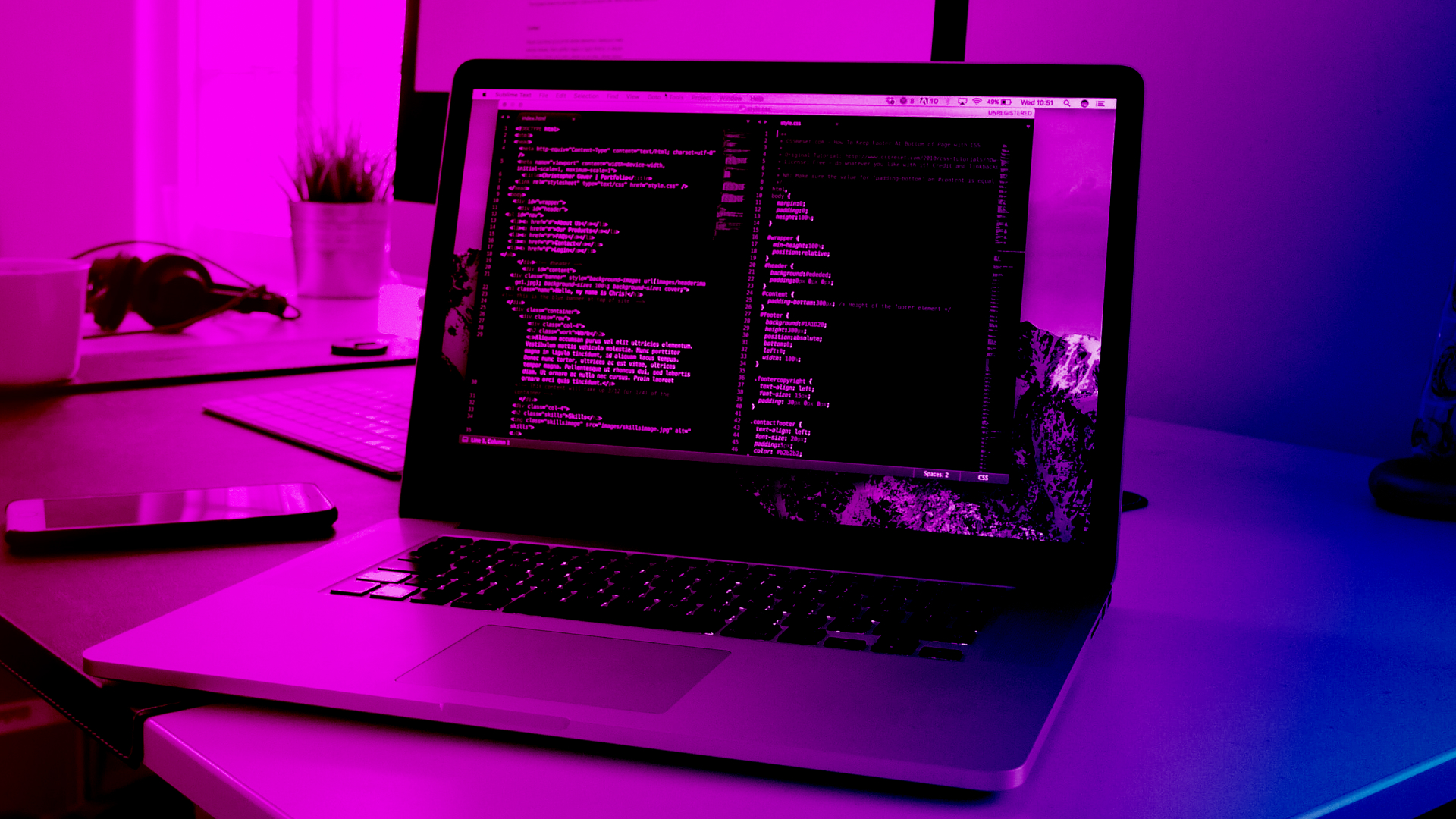
Have you ever found yourself curious about the multitude of applications running on your computer or mobile device? Whether you're eager to optimize system performance, troubleshoot any lingering issues, or simply feed your inquisitive nature, having a comprehensive understanding of the active applications is paramount. In this comprehensive guide, we will delve into a plethora of software tools and techniques that will empower you to effectively monitor running applications across various platforms. From leveraging built-in tools to exploring innovative third-party solutions, you'll gain invaluable insights and master the art of application monitoring.
Built-in Tools for Operating Systems
Every major operating system, such as Windows, macOS, and Linux, offers a range of built-in tools specifically designed for efficiently monitoring running applications. These invaluable tools serve as the first line of defense when you need to gain insights into the applications currently running on your device. By utilizing these tools, you can easily identify resource-intensive processes, troubleshoot performance issues, and optimize the overall functionality of your system. Now, let's delve deeper into the unique features and functionalities that each operating system brings to the table.
I. Windows Task Manager
- Features: The Windows Task Manager is a powerful utility that provides real-time insights into your system's performance. It includes an "Applications" tab where you can see a list of running applications.
- How to Use: To access Task Manager, press "Ctrl + Shift + Esc" or "Ctrl + Alt + Delete" and select "Task Manager." Navigate to the "Applications" tab to view and manage running apps.
II. macOS Activity Monitor
- Features: macOS users can rely on the Activity Monitor to monitor running applications. This tool offers information about CPU and memory usage, energy impact, and more.
- How to Use: Find Activity Monitor in the "Utilities" folder within the "Applications" folder. Use the "Process Name" column to identify running apps.
III. Terminal Commands for Linux
- Features: Linux users have a more hands-on approach to monitoring running applications using terminal commands like 'ps' and 'top.' These commands provide detailed process information.
- How to Use: Open your terminal and type 'ps' or 'top' followed by various options to view running processes. For example, 'ps aux' displays a list of all processes.
Third-Party Software Solutions
While built-in tools can be convenient, third-party software stands out by providing a wide range of additional features and enhanced flexibility for monitoring running applications. With third-party software, users can gain deeper insights, customize monitoring parameters, and benefit from advanced analytics capabilities, empowering them to optimize their application performance and ensure seamless operations.
IV. Process Explorer (Windows)
- Features: Process Explorer is a more advanced Windows tool that provides a detailed view of running processes. It offers insights into the relationships between processes and resource usage.
- How to Use: Download and install Process Explorer from the Microsoft website. Launch the program to explore running processes.
V. htop (Linux)
- Features: htop is a popular Linux terminal-based process viewer. It offers a more interactive and customizable interface compared to built-in commands.
- How to Use: Open your terminal and type 'htop.' Use keyboard shortcuts to interact with the htop interface.
Mobile Device Application Management
Application monitoring is not limited to desktop and laptop computers alone. In today's digital landscape, the need for app management extends to mobile devices such as smartphones and tablets. With the increasing reliance on mobile apps for various tasks and activities, ensuring their seamless performance and functionality becomes paramount. By implementing robust application monitoring practices, organizations can effectively optimize the user experience, identify potential issues, and proactively address them to deliver uninterrupted service on all platforms.
VI. iOS and Android Built-in Options
- Features: Both iOS and Android offer built-in tools to view and manage running apps. On iOS, use the "App Switcher" (double-click the home button), and on Android, access the "App Overview" screen (use the square or recent apps button).
- How to Use: Simply use the appropriate gesture or button to access these screens and navigate through running apps.Best Practices for Application Monitoring
Regardless of the platform, here are some best practices for effective application monitoring:
- Regularly check running applications to ensure optimal system performance. This includes monitoring CPU and memory usage, network activity, and disk usage. By keeping a close eye on these metrics, you can identify any potential issues or bottlenecks that may affect the overall performance of your applications.
- Investigate resource-intensive apps and consider closing or uninstalling them if necessary. Some applications may consume a significant amount of system resources, causing slowdowns or instability. By identifying these resource-hungry apps, you can take action to free up valuable resources and improve the performance of your system.
- Use monitoring tools when troubleshooting issues or identifying performance bottlenecks. Monitoring tools provide real-time insights into the behavior of your applications, allowing you to pinpoint any issues or bottlenecks that may be affecting performance. By leveraging these tools, you can quickly diagnose and resolve any problems, ensuring smooth and efficient application performance.
- Be mindful of battery usage on mobile devices and close unnecessary background apps to conserve power. Mobile devices often have limited battery life, and running multiple apps in the background can drain the battery quickly. By closing unnecessary background apps, you can extend the battery life of your device and ensure that your applications run smoothly without draining excessive power.
By following these best practices, you can ensure that your applications perform optimally, providing a seamless and efficient user experience.
Monitoring running applications is a vital task in maintaining the health and performance of your devices. It puts you in the driver's seat, empowering you to make informed decisions and take control of your computing experience. So, dive in, explore the array of tools available, and unlock a world of smoother, more efficient operation. Your devices will thank you!
Photo by Christopher Gower on Unsplash



